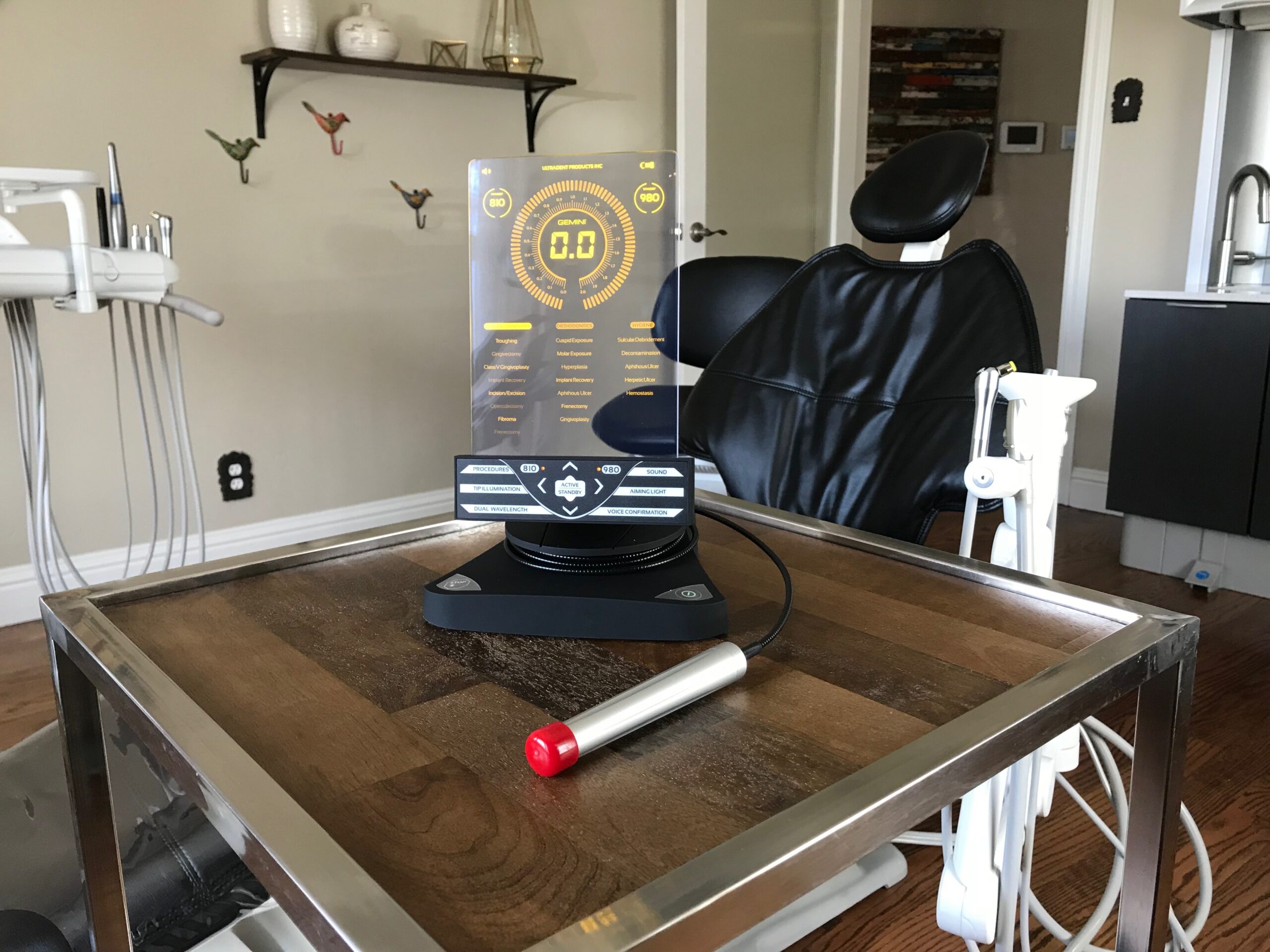Laser Dentistry
What is Laser Dentistry?
Laser dentistry involves the latest technology using specialized instruments that produce intense concentrated beams of light. Using a laser in various types of dental procedures can help aid in the reduction of pain, bleeding and swelling.
Dental lasers can be used on both hard and soft tissue. Hard tissue lasers work well at removing decay and helping to prep teeth for fillings. While soft tissue lasers aid in cutting soft tissues and sealing off blood vessels. When the laser is set on a “non-cutting” light wavelength, it aids in reducing bacteria found in periodontal pockets. Patients have gotten amazing results when used in conjunction with traditional Scaling and Root Planning (SRP) and have noticed much lower rate of relapse.
How do Lasers Work?
All lasers work by delivering concentrated energy in the form of light. When used for surgical and dental procedures, the laser can act as a cutting instrument or a vaporizer of tissue that it comes in contact with.
We proudly offer our patients laser dentistry with the Gemini 810 + 980 diode laser by Ultradent.
Soft Tissue Lasers
Soft tissue lasers use a wavelength that hemoglobin and water absorb easily. Hemoglobin is the molecule found in blood, which makes soft tissue lasers ideal for gums. These lasers can be used in one of two situations, cutting soft tissue and non-cutting depending on the procedure at hand.
If it is being used for cutting such as frenectomies, biopsies, or gingival recontouring, the laser seals and sterilizes the exposed blood vessel. The laser also incises at the same time, therefore, there is little to no blood, the healing time is much faster, and the patient experiences far less sensitivity.

Benefits of Laser Dentistry
Laser Dentistry Can Be Used For
What Happens During Laser Gum Surgery?
Patients with periodontal disease and/or bleeding gums largely benefit from the use of our laser. LAPT (laser assisted periodontal therapy) helps to get rid of necrotic tissue so your gums can heal and reattach, it kills bacteria, helps decrease periodontal disease, increase collagen, and decrease sensitivity.
You may be surprised to discover that the process can be integrated into your already existing hygiene appointment. Depending on the procedure, you may not even need to receive anesthesia, however, if you do it might not be as much as you have been used to receiving in the past.

